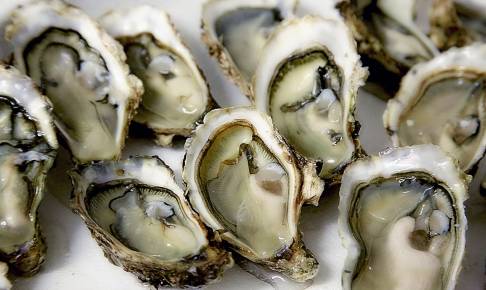A new mathematical method to predict botulism risk in food
Danish researchers developed a new mathematical model for Clostridium botulinum control for fresh and lightly preserved seafood and poultry products.
Botulism poisoning is a serious, potentially fatal illness caused by toxins produced by C. botulinum, but it is extremely rare, with only 1 000 cases reported globally each year. Botulinum toxins are ingested through improperly processed food, which allows the bacteria to survive and produce the toxins. This new mathematical model, developed at the National Food Institute, Technical University of Denmark, predicts the growth risk of Clostridium bacteria in a variety of foods. This method integrates various factors, such the temperature, salt/water activity (aw), pH, acetic, benzoic, citric, lactic and sorbic acids, to predict the effect on growth responses with an accuracy of 99%.
This prediction model raises concerns about the future of some food safety because it states that the salt level in refrigerated products should be at least 3.5%. This contradicts health recommendations to reduce the amount of salt in processed foods. This is a new challenge for food production companies, who must strike a balance between food safety and health risks. Further studies may expand the model to include meat, vegetables and prepared meals.
Source:
https://www.sciencedirect.com/science/article/abs/pii/S0168160521001215






















